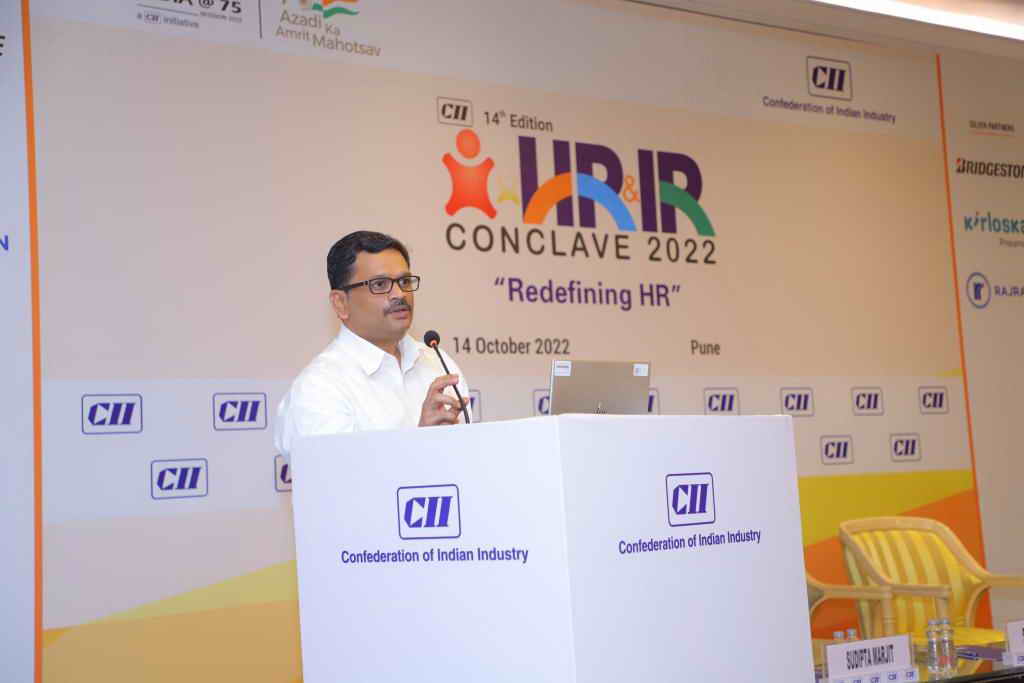Every opportunity is a rich learning experience. How do you see it and covert them to your conscious learning effort?
You can, only if you get to park your emotions, attachment and look at it in silence as a continuum of time than as a siloed experience. What software systems offer is a medium to capture the opportunity. But can you pour out the internalized way of learning in any medium ? Probably not!
Here is where I have seen Learning consultants, KM consultants, proponents of idea management cycle, get to err. The only medium that can bring this internalized learning requires the right ambience, right moment, right crowd, right mood, and be connected with self and time to sink in, reflect, articulate, comment and answer queries in a like minded group devoid of personal interests in the subject. A movie review in a group is one such experience. Contrast it with a written review and you get the picture.
These are the moments that allow for creating self sustaining immutable learning model. It is time, space and mood that determines the impact. Thus creating the people mix and taking time for reflection is an important organization builder assignment.
Sounds unusual. Well, first few chapters of Presence, attest to the belief above.

You can, only if you get to park your emotions, attachment and look at it in silence as a continuum of time than as a siloed experience. What software systems offer is a medium to capture the opportunity. But can you pour out the internalized way of learning in any medium ? Probably not!
Here is where I have seen Learning consultants, KM consultants, proponents of idea management cycle, get to err. The only medium that can bring this internalized learning requires the right ambience, right moment, right crowd, right mood, and be connected with self and time to sink in, reflect, articulate, comment and answer queries in a like minded group devoid of personal interests in the subject. A movie review in a group is one such experience. Contrast it with a written review and you get the picture.
These are the moments that allow for creating self sustaining immutable learning model. It is time, space and mood that determines the impact. Thus creating the people mix and taking time for reflection is an important organization builder assignment.
Sounds unusual. Well, first few chapters of Presence, attest to the belief above.





